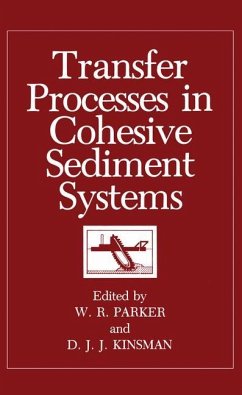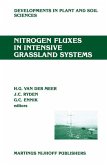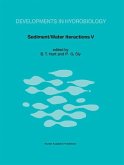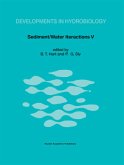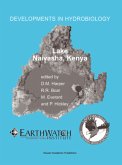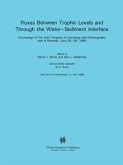In the transfer of chemical species through the aquatic environment the association with fine sediment particles is often of crucial importance. The n~ture, permanence and kinetics of this association is, in many cases, unknown yet it is central to any effort concerned with predicting the pathways of pollutant transfer and the fluxes along them. It is often unclear to precisely what surface, if any, a pollutant is attached. The transfer of species between surfaces and solution may be chemically or biochemically controlled. These processes may take place within a host framework which has a time and space dependent structure. The natural straining of this framework resulting from physical and chemical processes moves porewater and the dissolved species in it. Thus, to adequately predict the natural transfer of species within a cohesive sediment system the physical, biochemical and chemical processes must be dynamically coupled. This informal colloquium examined topics relevant to the associ ation of pollutant and sediment. These included the mineral particle surfaces and the surrounding ionic associations, methods of describing the particles and the physical, chemical, biochemical and biological processes operating in association with fine sediment substrates. The physical processes of sediment transport were deliberately excluded.

